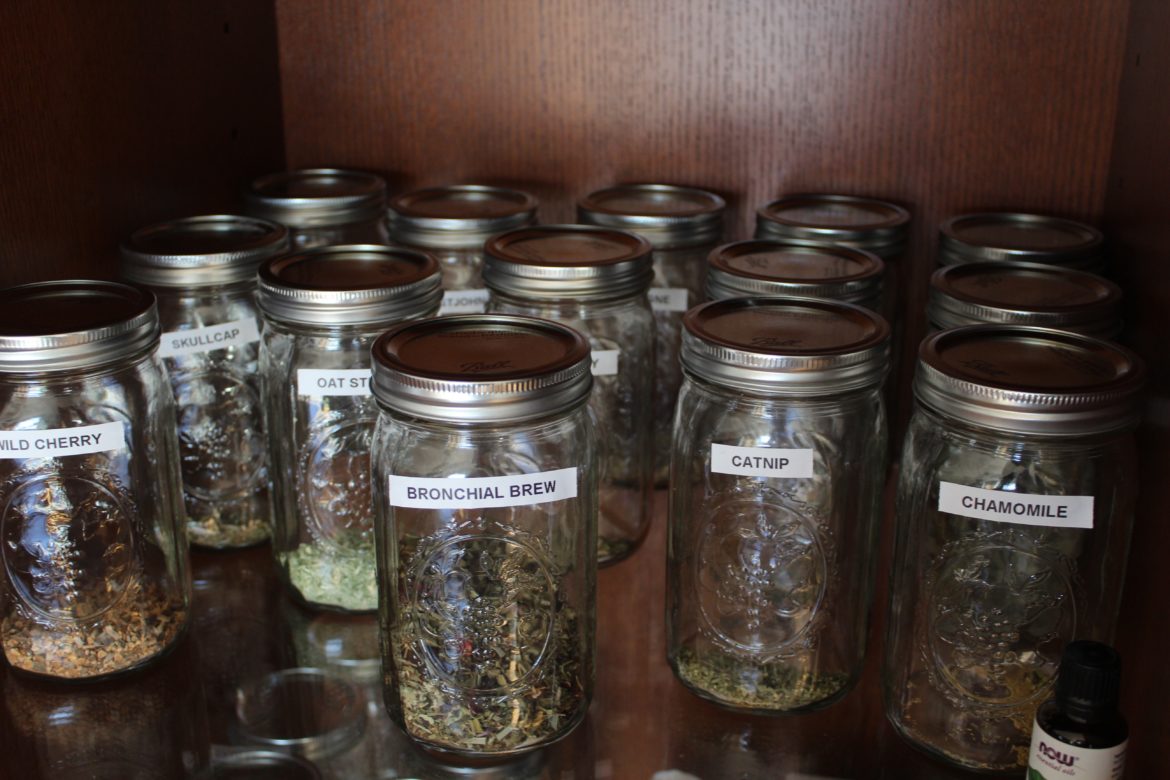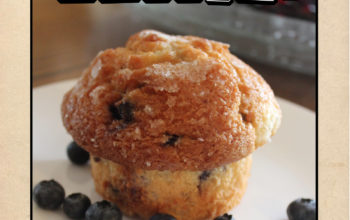Medical Actions of Herbs — Terminology You Need to Know
Part 4 of the Our Healthy Home Series
Today’s post is really just a bit of a dictionary of terms that you will run into and need to know before you start creating remedies, tonics and such. The Medical actions of herbs are usually mentioned under “Actions” any time you do research on a particular herb. If you don’t know what the words mean, however, you won’t get very far. So here are some of the most common ones you will run into.
If you have not already read them please see Part One and Part Two and Part Three for important warnings, disclaimers and helpful getting started information before proceeding.
Following many of these descriptions are examples of herbs that can be used. These are general guidelines. You should always fully research every herb before use to be sure of its particular contraindications and warnings which are not listed here.
Alteratives — Typically referred to as blood cleaners or blood purifiers. They help you liver and body take in nutrients and get rid of waste. Some common ones: Burdock Root, Dandelion leaf and root, Echinacea, Oregon Grape Root, Nettles, and Yellow Dock Root
Analgesics/Anodynes — reduce pain. Some internally, others externally. May also reduce pain by providing anti-spasm actions and reducing cramping in muscles. Examples: Skullcap, Valerian, Chamomile, Clove
Anaphrodesiac — reduces sexual desire
Antacids — Neutralize excess acids in the stomach and intestines. Examples: Slippery Elm, Fennel Seed, Dandelion leaf and root, most seaweeds
Anthelmintic/ Parasiticides — Herbs that destroy or get rid of worms and parasites Examples: Aloe, Garlic, Chaparral, Wormwood, Thyme Oil, Tansy
Antiasthmatic — relieve symptoms of asthma by dilating bronchioles and breaking up mucus. Examples: Lobelia, Mullein, Yerba Santa, Pleurisy Root, Comfrey leaf and root
Antibiotic — Stimulate the body’s immune system (and some may have direct germ killing ability). Examples: Echinacea, Golden Seal, Thyme
Anticatarrhals — Aid in elimination and prevention of thick mucus build up. Examples: Ginger, Sage, Echinacea, Golden Seal, Garlic, Mullein, Yarrow
Anti-fungal — destroys or inhibits fungal growth
Antihistamine — chemical that blocks the action of histamine in the body
Anti-Lithic/Lithotriptics — Herbs that help prevent and eliminate urinary tract or billiard tract stones and gravel. Examples: Gravel root, parsley root, marshmallow root, cleavers, cornsilk, Oregon Grape Root
Antiseptics/ anti-microbial — herbs that help prevent the growth of bacteria and resist pathogenic microorganisms. They help the body strengthen its own resistance to infective organisms and throw off illness. Examples: Golden Seal, Chaparral, Calendula, Myrrh, Sage, garlic, and some essential oils such as Pine, Clove, and Thyme.
Antiperspirant — reduces sweating
Anti-spasmodics — ease cramps and muscle spasms. Examples: Cramp bark, Lobelia, Skullcap, Wild Yam, and Valerian
Antitussive — relieves coughs
Aperitive — stimulates the appetite
Astringents — constrict tissue and reduce secretions and discharge. Examples: Witch Hazel Bark, Bayberry Bark, Oak Gall, Uva Ursi
Bitters — cause a reaction in the taste buds that then stimulates digestion. Examples: Gentian, Golden Seal, Horehound
Carminatives– stimulate the digestive tract and calm the stomach. Reduces inflammation in the stomach and intestines. Help to rid the body of excess gas. Examples: Angelica, Anise, Cardamon, Ginger, Dill, Cayenne, Peppermint
Cholagogue — promotes the flow of bile
Demulcents — Soothing and healing for irritated and inflamed tissue. Examples: Comfrey, Slippery Elm, Licorice, Chickweed, Aloe, Mullein, Oatmeal
Diaphoretics– Induce sweating (when taken hot) to bring down high fevers. When given cold they act as diuretics instead. Examples: Yarrow, Catnip, Ginger, Peppermint
Diuretics– Increase the flow of urine. Examples: Parsley, Cleavers, Bochu, Dandelion, Nettles, Yarrow
Emmenagogues — Promote Menstrual flow and bring on the cycle. Tonics for the female system. Examples: Pennyroyal, Rue, Black Cohash, Angelica, Blessed Thistle, Motherwort, Yarrow
Emolients — Applied externally for softening and soothing skin. Examples: Flax seed, Slippery Elm, Comfrey, Chickweed
Expectorants– help to expel mucus. Examples: Eucalyptus, Elecampane, Lobelia, Coltsfoot
Febrifuge — reduces or prevents fever
Galactogogues — Increase mother’s milk secretion. Examples: Fennel, Blessed Thistle, Raspberry
Hallucinogenic — causes visions or delusions
Hepatics — Herbs that help the liver. They tone, strengthen, and increase bile flow. Examples: Dandelion, Oregon Grape Root, Golden Seal, Yellow Dock.
Hemostatics– Help Stop Hemorrhaging and internal bleeding. Can also include astringents. Examples: Cayenne, Yarrow, Shepherds Purse, White Oak Bark
Laxatives — Promote Bowel Movement. Examples: Cascara Sagrada, Senna, Flax seed, Rhubarb root
Nervines — calm, strengthen, and tone the nervous system. Examples: Catnip, Chamomile, Oat Straw
Pectorals– General healing and strengthening of the respiratory system. Examples: Coltsfoot, Elecampane, Mullein, and Licorice
Rubefacients — Stimulates dilation of the capillaries of the skin causing reddening and warming of the skin. They draw inflammation and congestion from deeper tissue. Increase circulation. Examples: Cayenne, clove, ginger, mustard
Sedatives — Reduce stress and nervous disorders. Sleep aid. Examples: Valerian, Passion Flower, Chamomile, Skullcap
Sialagogues — stimulate salivation. Aid in digestion. Examples: Cayenne, Black Pepper, Ginger
Spasmolytic — relieves spasm of the smooth muscle
Stimulants — Increase energy of the body. Examples: Cayenne, Peppermint, Ginseng, Sage, Horseradish
Styptics — Reduce or stop external bleeding. Examples: Yarrow, Cobwebs, Shepherd’s Purse
Sudorific — causes sweating
Tonics– strengthen and nourish specific organs of the body. Usually will have general effect on the entire body however. Examples: Ginseng, Nettle, Dandelion, Raspberry Leaf
Vulneraries — Promote cell growth and repair. Helps stop bleeding and heals wounds. Examples: Aloe, Comfrey, Golden Seal, Chickweed, Calendula, St. John’s Wort.
We’ll be continuing our series on herbs soon! Check back here soon.




